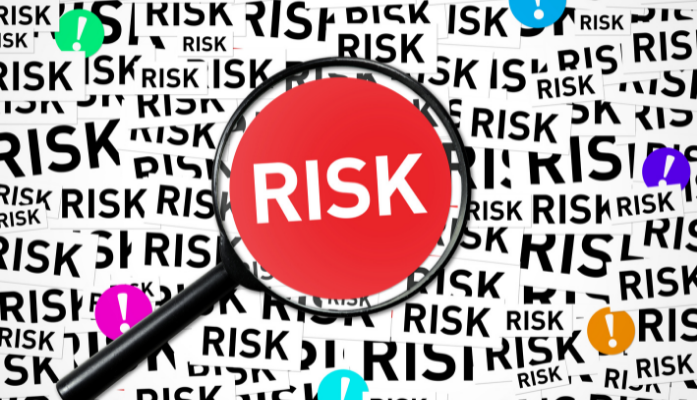
In the workplace, in all sectors, safety and risk perception go hand in hand. In order to adopt safe attitudes and behaviours and thus prevent accidents, it is essential to have a high level of risk perception, but this is often lacking.
RISK AND DANGER INTERCHANGEABLE?
Not really! Both terms refer to something that could cause unpleasant consequences, but they have two different meanings.
Danger refers to a characteristic of the object or situation that may cause damage. It is closely related to the object to which it refers. If a substance is dangerous, it is dangerous regardless of who uses it.
The concept of risk, on the other hand, is subjective: it is an assessment of the possibility of coming into contact with a hazard and the resulting damage.
Therefore, occupational risk is the assessment of the probability that the worker will come into contact with the hazard in proportion to the severity factor of the damage that the worker could suffer.
WHAT IS RISK PERCEPTION?
The perception of risk and safety in the workplace is an assessment of the danger that each individual processes and attributes to a given situation.
However, the problem lies in the subjectivity with which this assessment is developed. Workers do not base their assessment on certain mathematical data, but on their own personal thinking and habits. Often the involvement of emotions and knowledge influences a worker’s perception of risk, which tends to be lowered, thus underestimating the real risk.
WHY IT DECREASES.
There are a number of variables to be taken into account that influence the perception of risk, such as: age, gender, culture, state of health, level of education, etc..,
However, habit is crucial.
In fact, when a worker is often exposed to risk, he becomes so aware of it that he no longer perceives it as such and lets his guard down.
Or, on the contrary, the infrequency of a certain risk leads to the belief that it is not necessary to take precautions against it.
There are many other factors, such as experience. Those who have more work experience have a greater knowledge of the dangers and are therefore more confident in the face of possible risks, resulting in a lower perception of risk.
Paradoxically, training in safety procedures also reduces a worker’s perception of risk, because they think they have more control over the situation and therefore over the hazard.
HOW TO ACT.
The best way to act to reduce possible accidents is to detect the perception of danger, which can bring considerable benefits to the company organisation. Knowing the level of workers’ perception of risk can make it easier to redefine internal objectives for accident prevention and risk protection.
The employer can respond appropriately, for example, with appropriate forms of communication, counselling, supervision, control or coordination, with information on the relationship between accidents and risk perception, or with a training programme by technicians and operators with expertise in occupational psychology, safety and health.
Ideally, there should be continuous education and good training of workers and comprehensive information processes within the company.
In conclusion, everyone has their own vision of reality, which sometimes tends to distort the perception of risk and danger, so a company must try to keep its operators monitored and always with a high level of attention, otherwise there is a risk of taking the situation lightly and causing terrible accidents.
 Agevolazioni
Agevolazioni